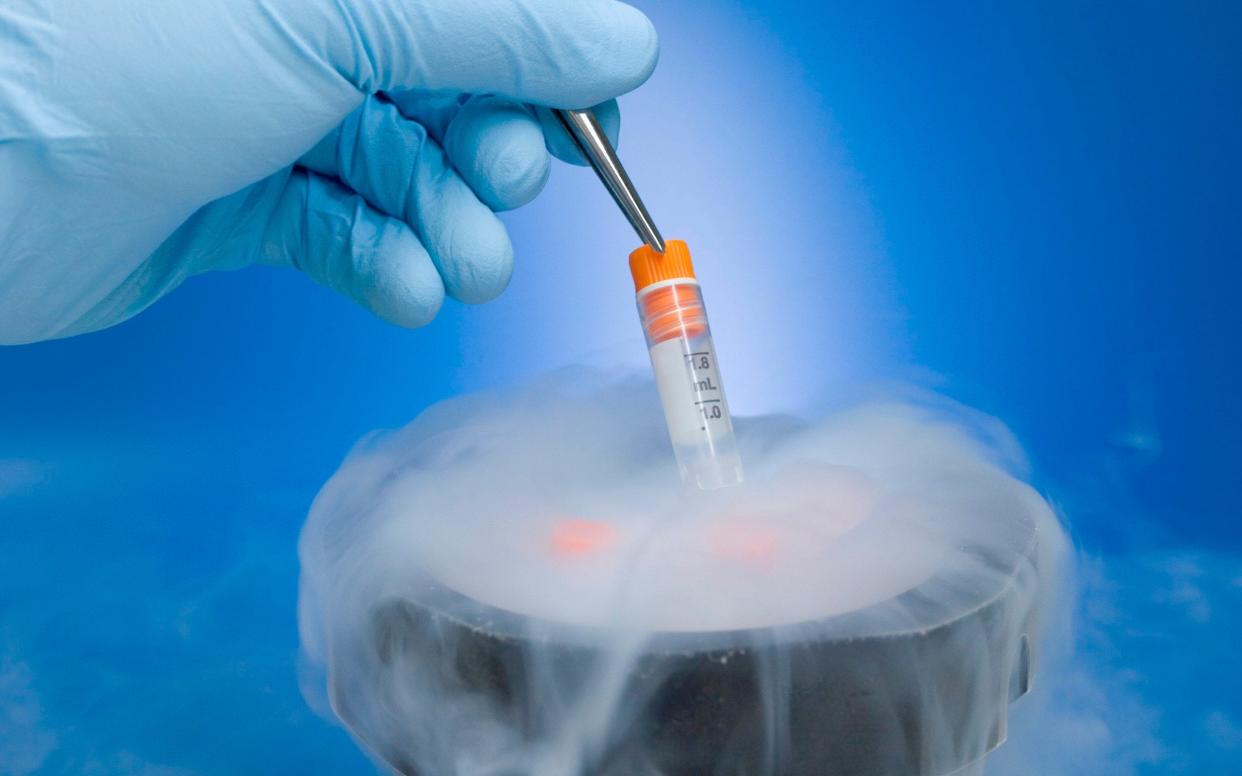Airborne DNA could be used to monitor animals in wild, claim scientists

Animals could be discovered in the wild by sampling the air, after scientists showed it was possible to pick up the floating DNA of individual species.
Researchers at York and Queen Mary University of London placed sensitive filters attached to vacuum pumps at locations at Hamerton Zoo Park, in Cambridgeshire. They managed to detect 17 zoo creatures, as well as other animals.
The team even managed to pick up the DNA of the endangered Eurasian hedgehog from outside the grounds. They believe the technique could be used as a less invasive way to monitor species in the wild.
Assistant professor Elizabeth Clare, who led the research, said: “When we analysed the collected samples, we were able to identify DNA from 25 different species of animals, such as tigers, lemurs and dingoes, 17 of which were known zoo species.
“We were even able to collect environmental DNA from animals that were hundreds of metres away from where we were testing without a significant drop in the concentration, and even from outside sealed buildings.
“The animals were inside, but their DNA was escaping. The non-invasive nature of this approach makes it particularly valuable for observing vulnerable or endangered species as well as those in hard-to-reach environments, such as caves and burrows.”
Scientists 'astonished' at results
Living organisms continually shed DNA into their surrounding environments. However, it was unknown whether it could be used to monitor species, because the risk of contamination is high.
The new research was published in the journal Current Biology alongside results from a similar study at Copenhagen Zoo, which also proved animals’ DNA could be detected by sampling the air using a slightly different system.
Associate professor Kristine Bohmann, from the Globe Institute, University of Copenhagen, said: “We did not think that vacuuming animal DNA from air would work.
“We were astonished when we saw the results. In just 40 samples, we detected 49 species spanning mammal, bird, amphibian, reptile and fish.
“In the Rainforest House, we even detected the guppies in the pond, the two-toed sloth and the boa. When sampling air in just one outdoor site, we detected many of the animals with access to an outdoor enclosure in that part of the zoo, for example kea, ostrich and rhino.”
The team also picked up water voles and red squirrels around the Copenhagen Zoo. Both the UK and Danish groups picked up the presence of food items for zoo animals, such as chicken, cow, horse and fish.

 Yahoo News
Yahoo News 
